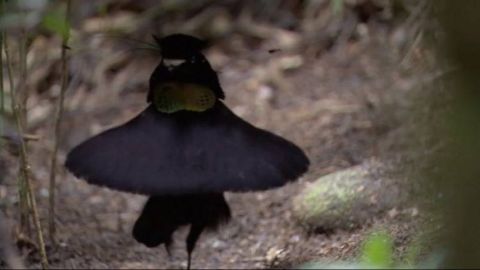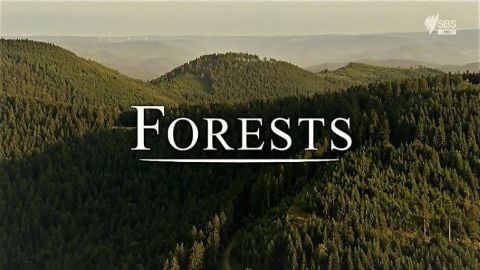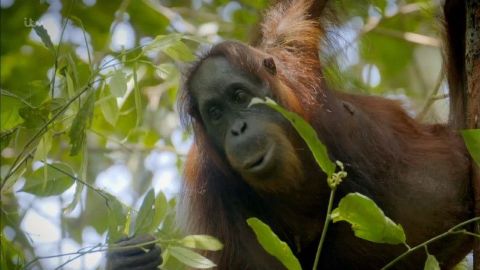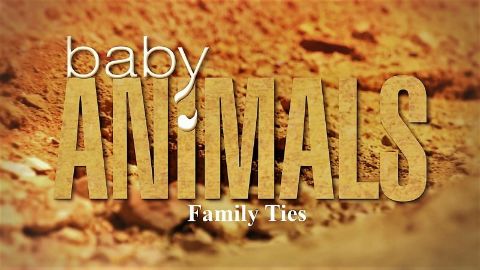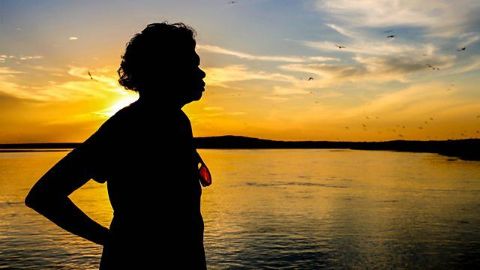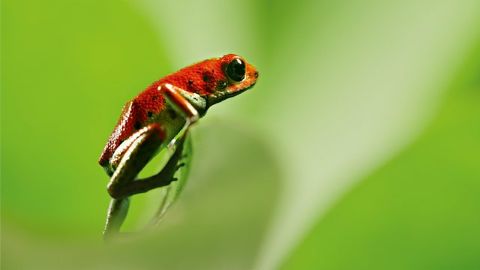Part 1 • 2017 • episode "S1E1" • Birds of Paradise: The Ultimate Quest
Part one of two. Thirty years ago explorer Benedict Allen lived in Papua New Guinea with the Niowra, a remote people. Broadcast journalist Frank Gardner has always wished to see wild birds of paradise, so Benedict resolves to take him along. The duo set out through some of the most inhospitable terrain on the planet, negotiating swamps, mountains and crocodile-infested waters, heading into the cloud forest. Despite Frank requiring the use of a wheelchair following a shooting incident in 2004, Benedict determines to get him to their destination.
Make a donation
Buy a brother a hot coffee? Or a cold beer?
Hope you're finding these documentaries fascinating and eye-opening. It's just me, working hard behind the scenes to bring you this enriching content.
Running and maintaining a website like this takes time and resources. That's why I'm reaching out to you. If you appreciate what I do and would like to support my efforts, would you consider "buying me a coffee"?
Donation addresses
BTC: bc1q8ldskxh4x9qnddhcrgcun8rtvddeldm2a07r2v
ETH: 0x5CCAAA1afc5c5D814129d99277dDb5A979672116
With your donation through , you can show your appreciation and help me keep this project going. Every contribution, no matter how small, makes a significant impact. It goes directly towards covering server costs.
